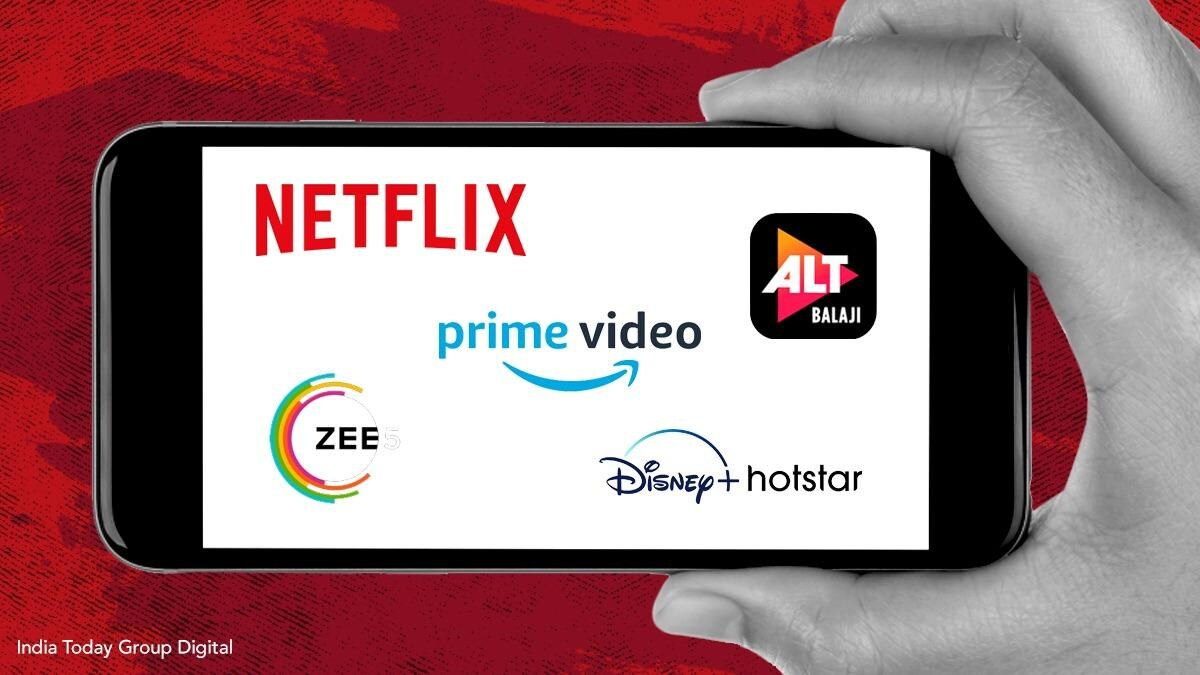Free Courses Sale ends Soon, Get It Now


Free Courses Sale ends Soon, Get It Now



Copyright infringement not intended
Picture Courtesy: India Today
Context: The Telecom Disputes Settlement and Appellate Tribunal (TDSAT) passed an interim order stating that over-the-top (OTT) platforms like Hotstar are not under the jurisdiction of the Telecom Regulatory Authority of India (TRAI) but are governed by the Information Technology Rules 2021.
Details
OTT Platforms in India
Introduction
Controversy and Regulation on OTT Platforms
Criticism and Concerns
Regulatory Discrepancies
Balancing Creativity and Responsibility
Some possible ways forward for regulating OTT platforms
Conclusion
Must Read Articles:
Government Regulation Of Ott Platforms: https://www.iasgyan.in/ig-uploads/pdf/info_govt_regulation_ott_platform.pdf
Regulatory Mechanisms For OTTS: https://www.iasgyan.in/daily-current-affairs/regulatory-mechanisms-for-otts
Amendments to the Information Technology (Intermediary Guidelines and Digital Media Ethics Code) Rules, 2021 (IT Rules, 2021): https://www.iasgyan.in/daily-current-affairs/amendments-to-the-information-technology-intermediary-guidelines-and-digital-media-ethics-code-rules
|
PRACTICE QUESTION Q. Given the growing influence of OTT (Over-The-Top) platforms in the entertainment industry, what are the key challenges faced by regulatory bodies worldwide in balancing the need for creative freedom and consumer protection, and how are different countries addressing these issues to ensure a fair and responsible ecosystem? |
© 2024 iasgyan. All right reserved